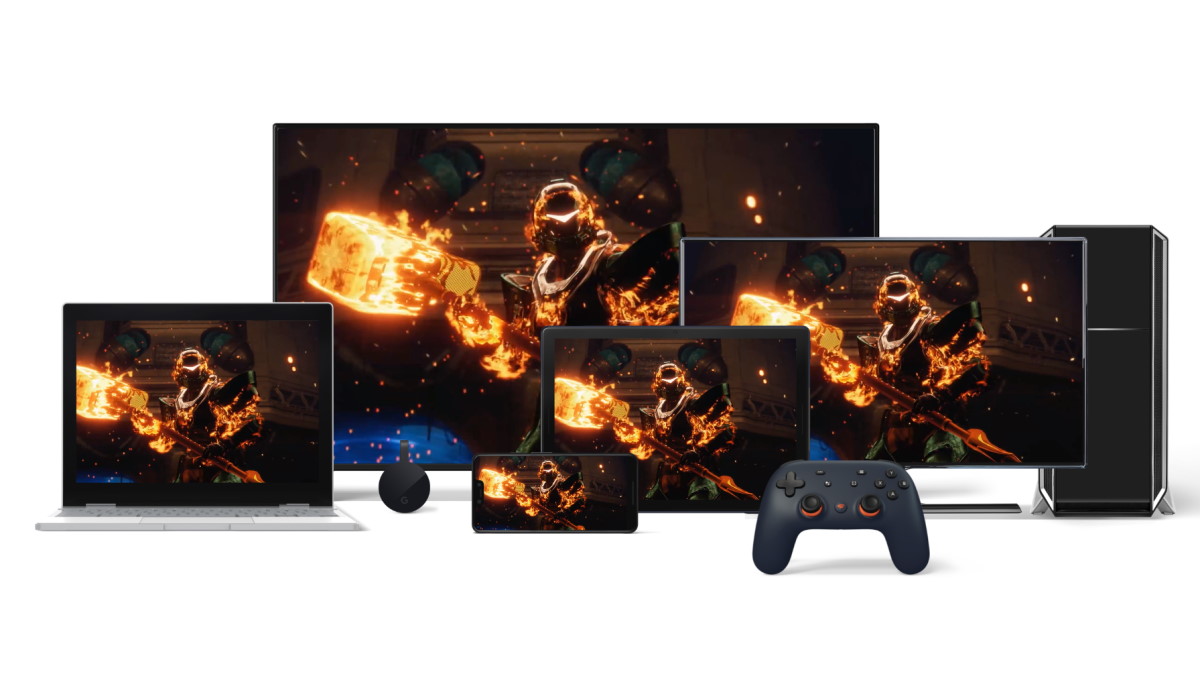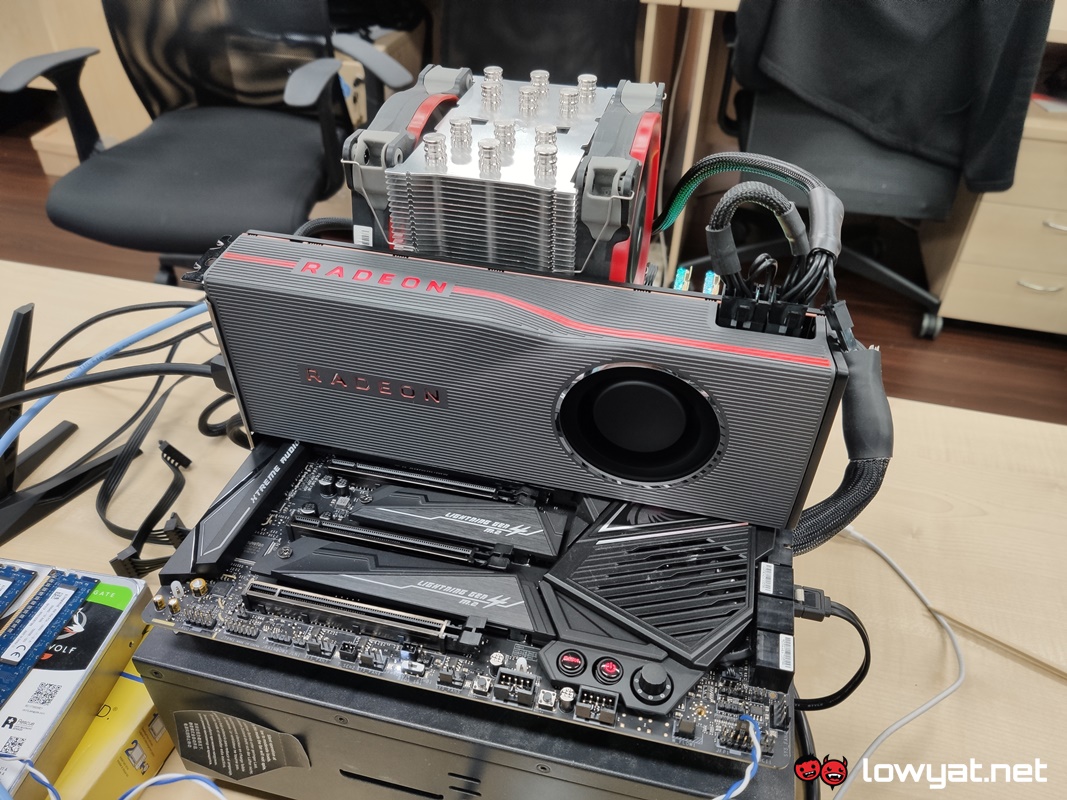The whitepaper is extensive and lengthy, but from what we can gather, AMD wishes to extend its influence and current RDNA architecture beyond the desktop and notebook realm. More to the point, the document says that the CPU and GPU maker envisions its RDNA architecture being used across the spectrum. From the lowest-cost device, to high performance machines. This is confirmed nearing the end of the article, where AMD writes that the company seeks to grow and evangelise the RDNA architecture into devices. Including “power-constrained smartphone and tablet processors, gaming consoles, cloud gaming services, and a full spectrum of gaming GPUS from low-cost to highest performance, bringing the benefits of the RDNA architecture to millions of devices and people across the planet”.
To that end, there is already substantial evidence towards AMD achieving its goal. As many of you know, AMD’s RDNA architecture will be the foundation – if not the bedrock – of Sony and Microsoft’s upcoming and PlayStation 5 and Xbox Scarlett consoles, respectively. Over in the smartphone space, both Samsung and AMD recently entered into a partnership where the latter will be licensing out its highly-scalable RDNA architecture to be used in future Galaxy smartphone.
AMD’s RDNA architecture already has a presence in the cloud gaming market, thanks to its partnership with Google and its Stadia Connect cloud gaming service. To recap, Google Stadia Connect’s game servers are powered by AMD, which in turn are powered by its RDNA architecture. (Source: AMD via PCGamesN, Hot Hardware)

